Microsoft ASP. NET Entwicklerbuch.Holger Schwichtenberg Dieses Buch ist ein umfassendes Nachschlagewerk für die Programmierung robuster und leistungsfähiger Websites auf Basis der von ASP .NET. Der Autor erklärt detailiert die Konzepte und Technologien, die ASP.NET zugrunde liegen, wobei der besondere Schwerpunkt auf der praktischen Umsetzung dieser Konzepte liegt. Komplementäre Technologien, wie die Datenbankanbindung mit ADO.NET, XML und die neuen Webservices, werden in diesen praxisnahen Kontext eingebaut, wodurch ein umfassendes Standardwerk zur ASP.NET-Programmierung ensteht. Programming Language Pragmatics, Fourth EditionMichael L. Scott Programming Language Pragmatics, Fourth Edition, is the most comprehensive programming language textbook available today. It is distinguished and acclaimed for its integrated treatment of language design and implementation, with an emphasis on the fundamental tradeoffs that continue to drive software development.
The book provides readers with a solid foundation in the syntax, semantics, and pragmatics of the full range of programming languages, from traditional languages like C to the latest in functional, scripting, and object-oriented programming. This fourth edition has been heavily revised throughout, with expanded coverage of type systems and functional programming, a unified treatment of polymorphism, highlights of the newest language standards, and examples featuring the ARM and x86 64-bit architectures. Updated coverage of the latest developments in programming language design, including C & C++11, Java 8, C# 5, Scala, Go, Swift, Python 3, and HTML 5Updated treatment of functional programming, with extensive coverage of OCamlNew chapters devoted to type systems and composite typesUnified and updated treatment of polymorphism in all its formsNew examples featuring the ARM and x86 64-bit architectures A Guide to Artificial Intelligence with Visual PrologRandall Scott Get started with the simplest, most powerful prolog ever: Visual Prolog
If you want to explore the potential of Artificial Intelligence (AI), you need to know your way around Prolog.
Prolog - which stands for "programming with logic" - is one of the most effective languages for building AI applications, thanks to its unique approach. Rather than writing a program that spells out exactly how to solve a problem, with Prolog you define a problem with logical Rules, and then set the computer loose on it. This paradigm shift from Procedural to Declarative programming makes Prolog ideal for applications involving AI, logic, language parsing, computational linguistics, and theorem-proving.
Now, Visual Prolog (available as a free download) offers even more with its powerful Graphical User Interface (GUI), built-in Predicates, and rather large provided Program Foundation Class (PFC) libraries. A Guide to Artificial Intelligence with Visual Prolog is an excellent introduction to both Prolog and Visual Prolog. Designed for newcomers to Prolog with some conventional programming background (such as BASIC, C, C++, Pascal, etc.), Randall Scott proceeds along a logical,
easy-to-grasp path as he explains the beginnings of Prolog, classic algorithms to get you started, and many of the unique features of Visual Prolog.
Readers will also gain key insights into application development, application design, interface construction, troubleshooting, and more.
In addition, there are numerous sample examples to learn from, copious illustrations and information on helpful resources.
A Guide to Artificial Intelligence with Visual Prolog is less like a traditional textbook and more like a workshop where you can learn at your own pace - so you can start harnessing the power of Visual Prolog for whatever your mind can dream up. AlgorithmsRobert Sedgewick, Kevin Wayne Essential Information about Algorithms and Data Structures
A Classic Reference
The latest version of Sedgewick’s best-selling series, reflecting an indispensable body of knowledge developed over the past several decades.
Broad Coverage
Full treatment of data structures and algorithms for sorting, searching, graph processing, and string processing, including fifty algorithms every programmer should know. See algs4.cs.princeton.edu/code.
Completely Revised Code
New Java implementations written in an accessible modular programming style, where all of the code is exposed to the reader and ready to use.
Engages with Applications
Algorithms are studied in the context of important scientific, engineering, and commercial applications. Clients and algorithms are expressed in real code, not the pseudo-code found in many other books.
Intellectually Stimulating
Engages reader interest with clear, concise text, detailed examples with visuals, carefully crafted code, historical and scientific context, and exercises at all levels.
A Scientific Approach
Develops precise statements about performance, supported by appropriate mathematical models and empirical studies validating those models.
Integrated with the Web
Visit algs4.cs.princeton.edu for a freely accessible, comprehensive Web site, including text digests, program code, test data, programming projects, exercises, lecture slides, and other resources.
Contents
Chapter 1: Fundamentals
Programming Model
Data Abstraction
Bags, Stacks, and Queues
Analysis of Algorithms
Case Study: Union-Find
Chapter 2: Sorting
Elementary Sorts
Mergesort
Quicksort
Priority Queues
Applications
Chapter 3: Searching
Symbol Tables
Binary Search Trees
Balanced Search Trees
Hash Tables
Applications
Chapter 4: Graphs
Undirected Graphs
Directed Graphs
Minimum Spanning Trees
Shortest Paths
Chapter 5: Strings
String Sorts
Tries
Substring Search
Regular Expressions
Data Compression
Chapter 6: Context Algorithms in C, Part 5: Graph AlgorithmsRobert Sedgewick (Pearson Education) Text providing a comprehensive introduction to important algorithms in C, concentrating on graph algorithms. Covers diagraphs and DAGs, shortest paths, minimum spanning trees, network flows, sample C code, and detailed algorithm descriptions. Previous edition not cited. Softcover. DLC: C (Computer program language). Building Arduino PLCs: The essential techniques you need to develop Arduino-based PLCsPradeeka Seneviratne Learn the fundamentals of PLCs and how to control them using Arduino software to create your first Arduino PLC. You will learn how to draw Ladder Logic diagrams to represent PLC designs for a wide variety of automated applications and to convert the diagrams to Arduino sketches.
A comprehensive shopping guide includes the hardware and software components you need in your tool box. You will learn to use Arduino UNO, Arduino Ethernet shield, and Arduino WiFi shield.
Building Arduino PLCs shows you how to build and test a simple Arduino UNO-based 5V DC logic level PLC with Grove Base shield by connecting simple sensors and actuators. You will also learn how to build industry-grade PLCs with the help of ArduiBox.
What You'll Learn
Build ModBus-enabled PLCs
Map Arduino PLCs into the cloud using NearBus cloud connector to control the PLC through the Internet
Use do-it-yourself light platforms such as IFTTT
Enhance your PLC by adding Relay shields for connecting heavy loads
Who This Book Is For
Engineers, designers, crafters, and makers. Basic knowledge in electronics and Arduino programming or any other programming language is recommended. | HTML Utopia: Designing Without Tables Using CSSDan Shafer Dan Shafer’s book is the definitive guide to learning and applying the principles of CSS to your Website.
This book will teach you how to…
- Appreciate why maintaining tables is a nightmare and how CSS can help
- Understand when to use CSS and when not to use CSS
- Design using CSS Positioning and multi-column page layouts
- Use the different types of CSS rules
- Reap the benefits of inheritance in CSS
- Style text and other content using CSS
- Make the most of other non-obvious uses of CSS
- Use CSS to achieve maximum Web Accessibility
- Design sites that are standards compliant
- Accommodate older Browsers
And much more...
Plus, it also comes with a practical three-column sample Website that utilizes CSS and a FREE download of the site and all of its code. Learning Processing, Second Edition: A Beginner's Guide to Programming Images, Animation, and InteractionDaniel Shiffman This book teaches the basic building blocks of programming needed to create cutting-edge graphics applications including interactive art, live video processing, and data visualization.
A unique lab-style manual, this book gives graphic and web designers, artists, illustrators, and anyone interested in learning to code a jumpstart on working with the Processing programming environment by providing instruction on the basic principles of the language, followed by careful explanations of advanced techniques.
From algorithmic design to data visualization, to computer vision and 3D graphics, this book teaches object-oriented programming from the ground up within the fascinating context of interactive visual media and creative coding. It is also supported by a companion website (learningprocessing.com), which includes all examples running in the browser using HTML5 canvas and p5.js, downloadable versions of all source code, answers to select chapter exercises, and over twenty hours of companion video lessons.
A friendly start-up guide to Processing, a free, open-source alternative to expensive software and daunting programming languagesNo previous experience required―this book is for the true programming beginner!Step-by-step examples, thorough explanations, hands-on exercises, and sample code supports your learning curve Machine Learning with TensorFlowNishant Shukla Being able to make near-real-time decisions is becoming increasingly crucial. To succeed, we need machine learning systems that can turn massive amounts of data into valuable insights. But when you're just starting out in the data science field, how do you get started creating machine learning applications? The answer is TensorFlow, a new open source machine learning library from Google. The TensorFlow library can take your high level designs and turn them into the low level mathematical operations required by machine learning algorithms.
Machine Learning with TensorFlow teaches readers about machine learning algorithms and how to implement solutions with TensorFlow. It starts with an overview of machine learning concepts and moves on to the essentials needed to begin using TensorFlow. Each chapter zooms into a prominent example of machine learning. Readers can cover them all to master the basics or skip around to cater to their needs. By the end of this book, readers will be able to solve classification, clustering, regression, and prediction problems in the real world.
Purchase of the print book includes a free eBook in PDF, Kindle, and ePub formats from Manning Publications. Springer Handbook of RoboticsBruno Siciliano, Oussama Khatib The second edition of this handbook provides a state-of-the-art cover view on the various aspects in the rapidly developing field of robotics. Reaching for the human frontier, robotics is vigorously engaged in the growing challenges of new emerging domains. Interacting, exploring, and working with humans, the new generation of robots will increasingly touch people and their lives. The credible prospect of practical robots among humans is the result of the scientific endeavour of a half a century of robotic developments that established robotics as a modern scientific discipline. The ongoing vibrant expansion and strong growth of the field during the last decade has fueled this second edition of the Springer Handbook of Robotics. The first edition of the handbook soon became a landmark in robotics publishing and won the American Association of Publishers PROSE Award for Excellence in Physical Sciences & Mathematics as well as the organization’s Award for Engineering & Technology.
The second edition of the handbook, edited by two internationally renowned scientists with the support of an outstanding team of seven part editors and more than 200 authors, continues to be an authoritative reference for robotics researchers, newcomers to the field, and scholars from related disciplines. The contents have been restructured to achieve four main objectives: the enlargement of foundational topics for robotics, the enlightenment of design of various types of robotic systems, the extension of the treatment on robots moving in the environment, and the enrichment of advanced robotics applications. Further to an extensive update, fifteen new chapters have been introduced on emerging topics, and a new generation of authors have joined the handbook’s team.
A novel addition to the second edition is a comprehensive collection of multimedia references to more than 700 videos, which bring valuable insight into the contents. The videos can be viewed directly augmented into the text with a smartphone or tablet using a unique and specially designed app.
Springer Handbook of Robotics Multimedia Extension Portal: http://handbookofrobotics.org/ Git Pocket GuideRichard E. Silverman This pocket guide is the perfect on-the-job companion to Git, the distributed version control system. It provides a compact, readable introduction to Git for new users, as well as a reference to common commands and procedures for those of you with Git experience.
Written for Git version 1.8.2, this handy task-oriented guide is organized around the basic version control functions you need, such as making commits, fixing mistakes, merging, and searching history. Examine the state of your project at earlier points in timeLearn the basics of creating and making changes to a repositoryCreate branches so many people can work on a project simultaneouslyMerge branches and reconcile the changes among themClone an existing repository and share changes with push/pull commandsExamine and change your repository’s commit historyAccess remote repositories, using different network protocolsGet recipes for accomplishing a variety of common tasks Mastering Embedded Linux ProgrammingChris Simmonds Key Features Create efficient and secure embedded devices using LinuxMinimize project costs by using open source tools and programsExplore each component technology in depth, using sample implementations as a guideBook Description
Mastering Embedded Linux Programming takes you through the product cycle and gives you an in-depth description of the components and options that are available at each stage. You will begin by learning about toolchains, bootloaders, the Linux kernel, and how to configure a root filesystem to create a basic working device. You will then learn how to use the two most commonly used build systems, Buildroot and Yocto, to speed up and simplify the development process. Building on this solid base, the next section considers how to make best use of raw NAND/NOR flash memory and managed flash eMMC chips, including mechanisms for increasing the lifetime of the devices and to perform reliable in-field updates. Next, you need to consider what techniques are best suited to writing applications for your device. We will then see how functions are split between processes and the usage of POSIX threads, which have a big impact on the responsiveness and performance of the final device The closing sections look at the techniques available to developers for profiling and tracing applications and kernel code using perf and ftrace. What you will learn Understand the role of the Linux kernel and select an appropriate role for your applicationUse Buildroot and Yocto to create embedded Linux systems quickly and efficientlyCreate customized bootloaders using U-BootEmploy perf and ftrace to identify performance bottlenecksUnderstand device trees and make changes to accommodate new hardware on your deviceWrite applications that interact with Linux device driversDesign and write multi-threaded applications using POSIX threadsMeasure real-time latencies and tune the Linux kernel to minimize themAbout the Author
Chris Simmonds is a software consultant and trainer who lives in southern England. He has been using Linux in embedded systems since the late 1990s, during which he has worked on many interesting projects, including a stereoscopic camera, intelligent weighing scales, various set-top boxes and home routers, and even a large walking robot.
He is a frequent presenter at open source and embedded conferences, including the Embedded Linux Conference, Embedded World, and the Android Builders' Summit. He has been conducting training courses and workshops in embedded Linux since 2002 and in embedded Android since 2010. He has delivered hundreds of sessions to many well-known companies. You can see some of his work on the "Inner Penguin" blog at www.2net.co.uk. Table of Contents Starting OutLearning About ToolchainsAll About BootloadersPorting and Configuring the KernelBuilding a Root FilesystemSelecting a Build SystemCreating a Storage StrategyIntroducing Device DriversStarting up - the init ProgramLearning About Processes and ThreadsManaging MemoryDebugging with GDBProfiling and TracingReal-time Programming |
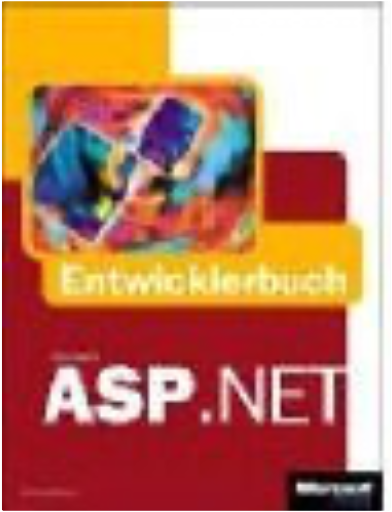
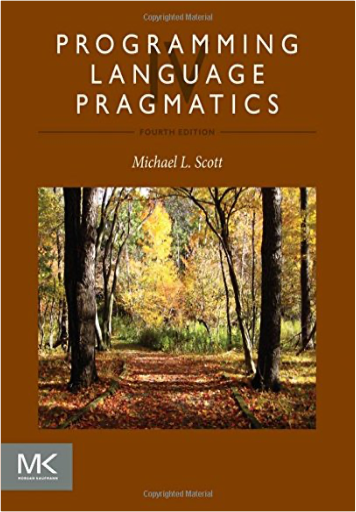
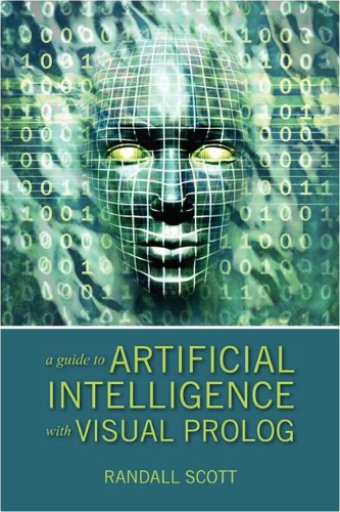
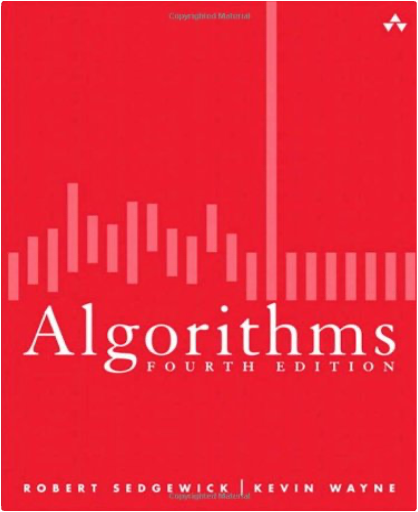
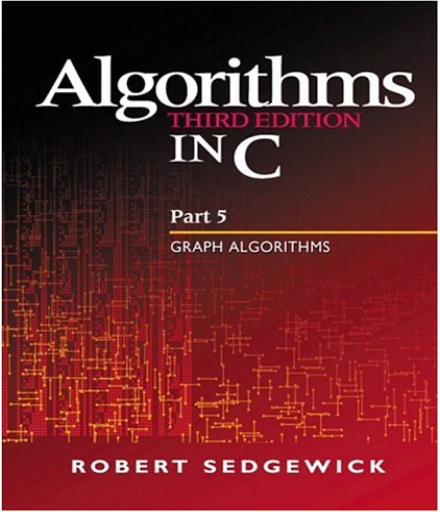
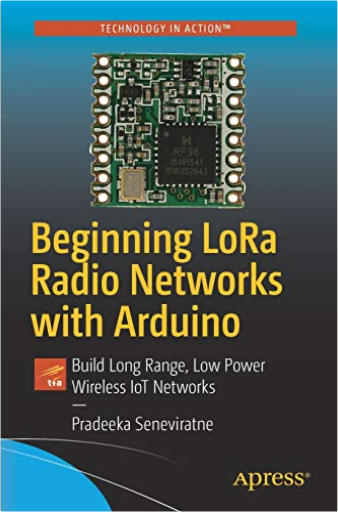
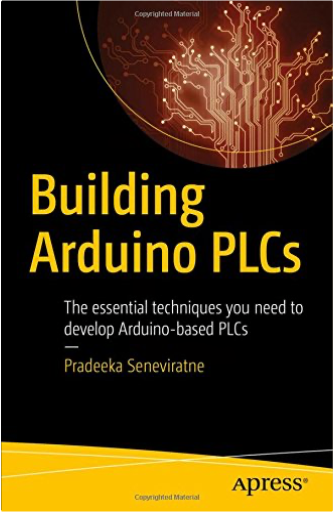
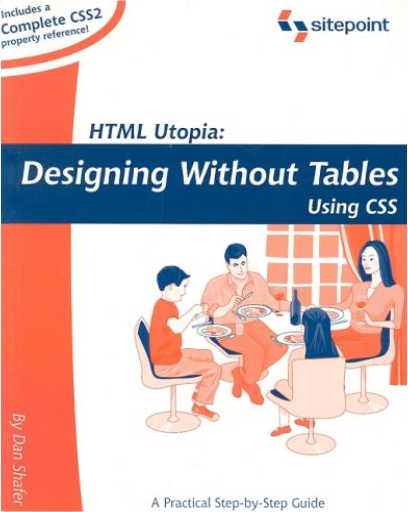
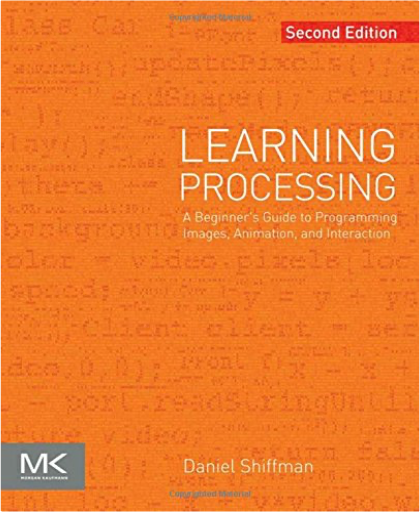
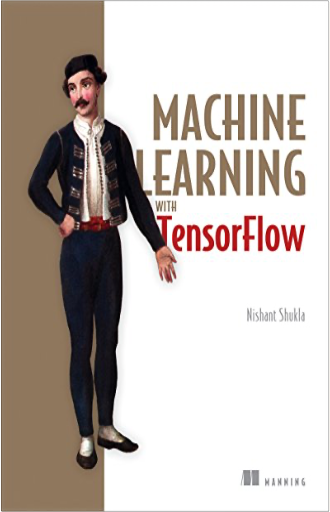
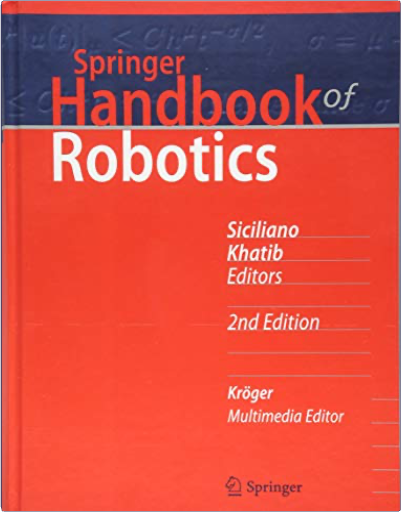
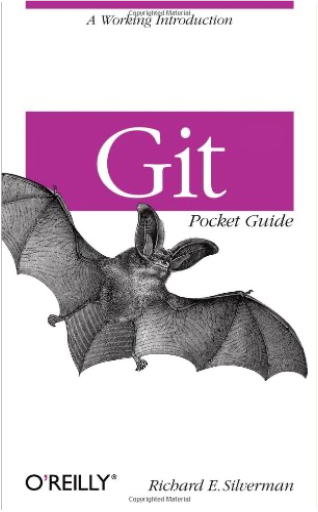
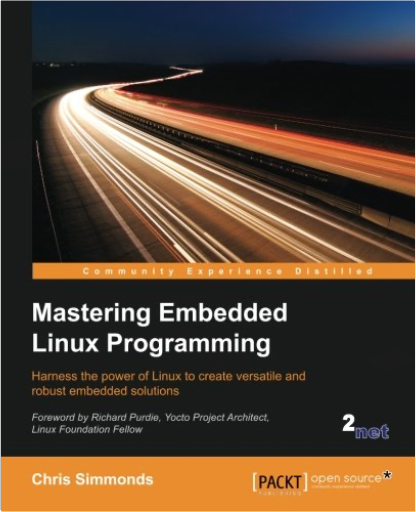


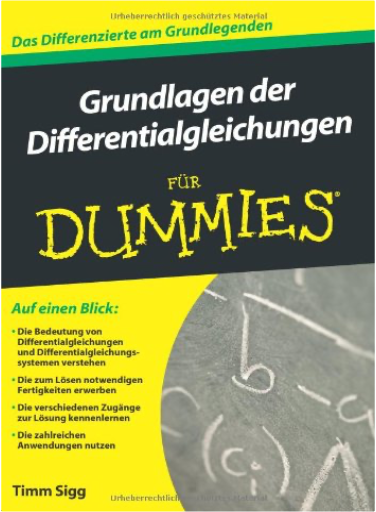
 Made with Delicious Library
Made with Delicious Library